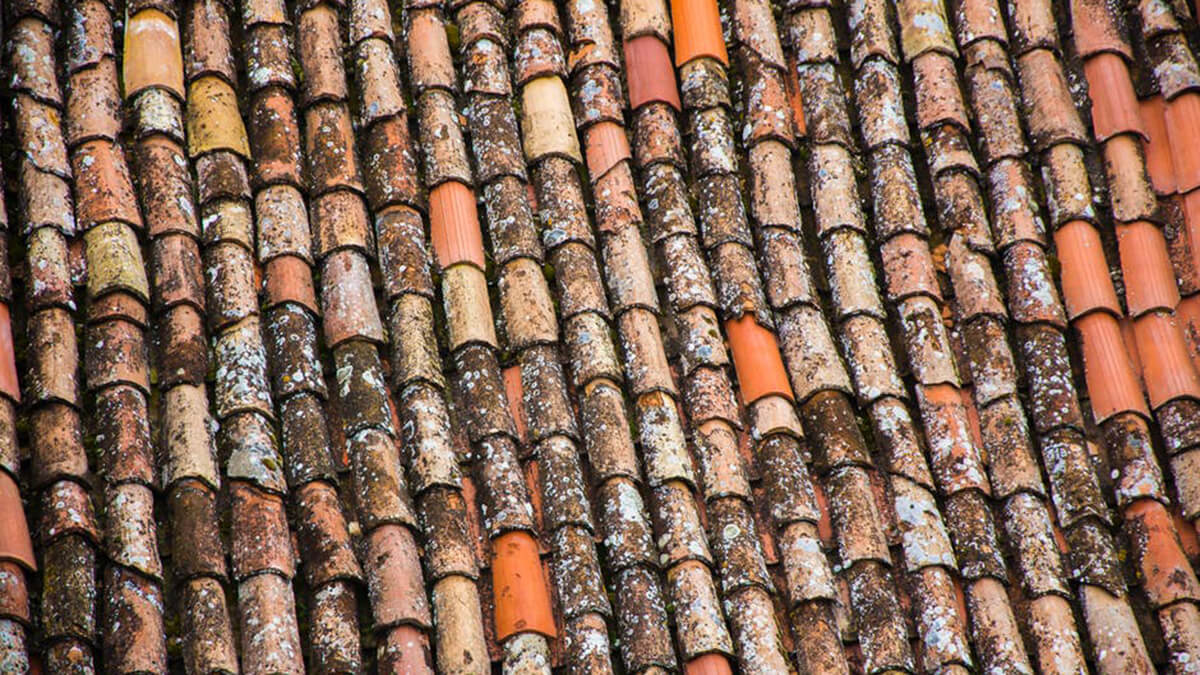Non-judicial foreclosures are the most common type of foreclosure in Texas. This means the process can be concluded much faster than if it went to court.
For this reason, if you’re going through hard times and struggling to pay your mortgage, you must act fast to avoid losing your home. Read on to find out how to stop foreclosure in Texas before it happens to you.
Compare Cash Offers from Top Home Buyers. Delivered by Your Local iBuyer Certified Specialist.
One Expert, Multiple Offers, No Obligation.
Understanding Foreclosure in Texas
Texas was one of the states with the highest number of foreclosure starts last year. There are several phases to a foreclosure, and the first one involves missing a single mortgage payment.
You can still save your home during any of these stages until it’s sold at a foreclosure auction.
Foreclosure Definition and Process
The Texas State Law Library defines foreclosure as the legal process that allows for the sale of a piece of property to satisfy certain debts owed by the property owner.
In most cases, foreclosure happens when you don’t make mortgage payments on your home as agreed and the lender repossesses the house. You lose your rights to the property.
Sometimes, you could lose your home to foreclosure resulting from other debts like construction liens, tax liens, or an HOA lien.
In Texas, your mortgage payment is most likely due on the first of every month. If you don’t pay it by that date, it’s tagged as delinquent. After the 15th day, your lender may assess a late fee on the amount and send you a first notice by the 16th of the month.
You’re likely to start receiving phone calls about the past due amount at this time.
Once the payment is 30 days late, your loan enters default. You will receive a second notice from your lender at this time. When the loan becomes 60 days past due, your lender may begin acceleration procedures.
You’ll usually receive a written notice informing you that they’ve started the foreclosure process. This process is usually in full swing when the loan is 90 or more days past due.
At this stage, your lender may insist that you pay the full amount of the past-due balance and refuse to accept partial payments. They may also void your payment agreement and call the loan due in full.
If you don’t respond to their correspondence and abandon your home, the property will be red-tagged and repossessed.
Legal Procedures and Homeowner Rights
Under federal law, your lender can’t begin legal foreclosure proceedings until you are 120 days past due on your payments. In Texas, there are two ways a lender can foreclose on your property when you default on your mortgage payments. These are:
Judicial Foreclosure Method
This type of foreclosure begins when the lender files a lawsuit requesting a court order allowing a foreclosure sale. Unless you respond, the lender automatically wins the case.
If you choose to defend the foreclosure lawsuit, the court will consider the evidence before determining an outcome. If you lose this case, the judge will order that your home is sold at auction.
Nonjudicial Foreclosure Method
During a nonjudicial foreclosure, the lender must complete the out-of-court procedures described in the state statutes. These are:
- sending a notice of default and intent to accelerate by certified mail
- providing the homeowner with 20 days to cure the default
- sending a notice of sale via certified mail after 21 days
Once they’ve completed these steps, the lender can sell the home at a foreclosure sale. Most lenders prefer this process, as it is much quicker and cheaper than litigation.
Know Your Rights as a Homeowner
Under Texas foreclosure laws, homeowners have certain rights when facing foreclosure. These are the rights to:
- receive a preforeclosure breach letter and certain foreclosure notices
- apply for loss mitigation
- get current on the loan to stop the foreclosure process
- special protections for military personnel
- pay off the loan to stop the sale
- file for bankruptcy
- receive any proceeds from the sale that exceed the loan amount
Knowing your rights is the first step toward stopping foreclosure in Texas. You must seek legal counsel if you’re unsure about what to do.
How to Stop Foreclosure in Texas: Key Steps
Nobody wants to lose their home due to a temporary setback in their finances. Fortunately, there are things you can do to stop this from happening.
The key element in preventing foreclosure is speed. You must act as soon as you miss your first payment if you want to have any chance of saving your home. Here’s what to do:
Step 1: Communicate with Your Lender
Lenders aren’t realtors or house flippers, and they don’t want to own a foreclosed house. So they will try to work with you on stopping a foreclosure.
Get in touch with your lender to explain your reasons for late payment, and they may assist you with mortgage forbearance or other arrangements to help you get back on your feet.
Step 2: Explore Loan Modification and Refinancing
It’s worth asking your lender for a loan modification arrangement. If they agree to this, they will stop the foreclosure action and modify the terms of your mortgage loan to allow for easier repayments.
Depending on the current market conditions, they may lower your interest rate or extend the loan, so you’ll pay less every month.
If you have a stable income and equity in your home, the lender may allow you to take out a new loan to pay off the balance on your existing mortgage, including the past-due amount. This is called refinancing your mortgage, and it will stop the foreclosure.
Step 3: Budget and Prioritize Expenses
The golden rule when applying for a mortgage is that your repayments should not exceed 28% of your monthly income. Your lender would have taken this into account when they approved your mortgage.
All other mandatory expenses should not exceed 36% of your monthly income. It would help if you worked to get your credit card repayments and other debt below this level.
Your mortgage must take priority over all other expenses. During hard times, you’ll need to cut costs elsewhere to keep a roof over your head.
Step 4: Seek Professional Help
Facing a foreclosure on your own is a daunting experience. It’s always best to enlist professional help to prevent foreclosure in Texas.
A legal expert can help you understand your rights under Texas law and advise you if you need to pursue bankruptcy as the preferable option. The HUD can put you in touch with a foreclosure avoidance counselor to help you navigate the foreclosure process.
A financial advisor may also prove helpful if you need assistance with budgeting or if you manage to secure a loan modification or refinancing arrangement with your lender.
Legal Options to Stop Foreclosure
If all your other foreclosure options fail, there are three other solutions available to you in Texas. These are:
Loan Reinstatement
Once you have defaulted on your mortgage payments, you still have 120 days to pay the outstanding amount before the foreclosure process begins in earnest.
You can use this time to catch up on your overdue payments and late fees so that your mortgage is up to date by the time the lender can act against you. If you succeed, the defaulted mortgage will receive a clean slate, and you can continue with payments as usual.
Your lender will send you a mortgage reinstatement letter explaining how much you need to pay by a certain due date if you want to pursue this option. Most lenders are amenable to this solution, so stay in contact with them and get clarity on any questions you may have throughout the process.
Right of Redemption
According to the ‘right of redemption,’ you can claim your property back even after the foreclosure sale is concluded. You can only pursue this remedy in the case of certain types of foreclosures, like tax liens and HOA liens.
You must pursue your right of redemption within 180 days of the deeds being filed with the county office. During this process, you’re buying the property back from the new owner.
You’ll need to pay the sale price of the property plus a few extras, like:
- A redemption premium based on the value of the property
- Amounts paid for the lien, including penalties and interest
- Costs to file the deed with the deeds office
Declaring Bankruptcy
Filing for bankruptcy is the quickest way to stop foreclosure in Texas. When you do this, the court issues a court order containing an ‘automatic stay’, which halts the foreclosure process.
Filing for bankruptcy hurts your credit record for seven years, so it’s a last resort to stall the foreclosure process. There are two types of bankruptcy you can file:
Chapter 13 Bankruptcy
Chapter 13 bankruptcy involves an extensive restructuring of your debts so you can regain control of your finances. You’ll need to comply with a structured repayment plan that spans three to five years.
Chapter 7 Bankruptcy
Chapter 7 bankruptcy provides a temporary respite from your mortgage repayments. You can remain in the home for a few months while you make alternative arrangements.
This type of bankruptcy absolves you of the mortgage debt, so you aren’t liable for any shortfall on the mortgage if the home sells for less than its worth at the foreclosure auction.
Recap on Preventing Foreclosure in Texas
The best way to avoid foreclosure is to manage your budget so that your mortgage takes priority. If you still end up in arrears, you can still halt the foreclosure process by speaking to your lender about how to stop foreclosure in Texas through loan modification and refinancing.
Other legal alternatives include loan reinstatement, exercising your right of redemption, or declaring bankruptcy. None of these options look good on your credit record.
Regardless of the type of foreclosure you’re facing, it’s vital to act fast and get expert help to save your home from a foreclosure sale.
You can sell your home during foreclosure and settle the amount outstanding on the mortgage, but you’ll need to move fast if you want to conclude the sale before the auction takes place.
If you’re thinking of this option, a cash sale is the fastest route to selling a foreclosure home. iBuyer.com can put you in touch with qualified, committed buyers within days. Enter your address to see how much you could get for your property.




